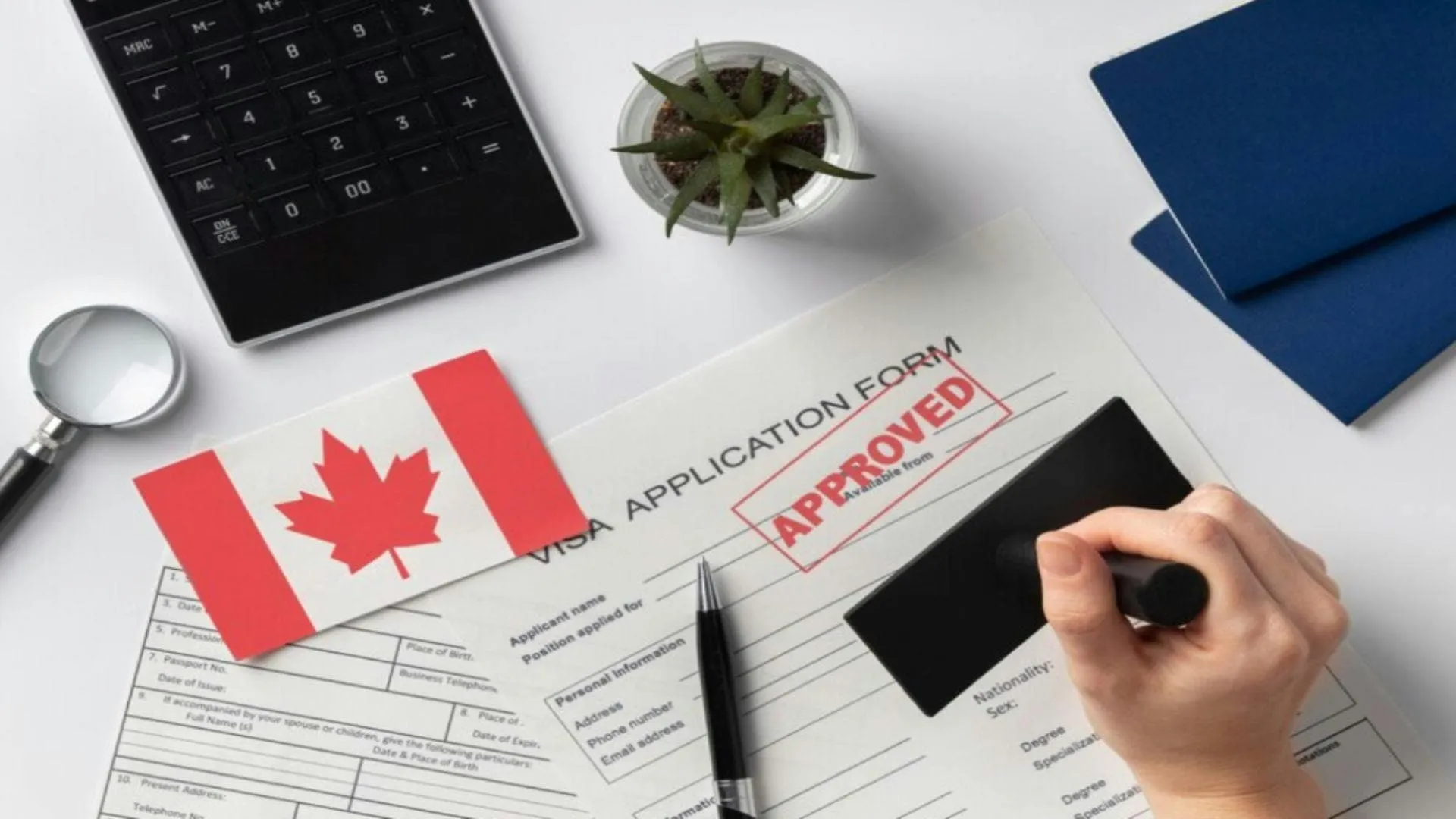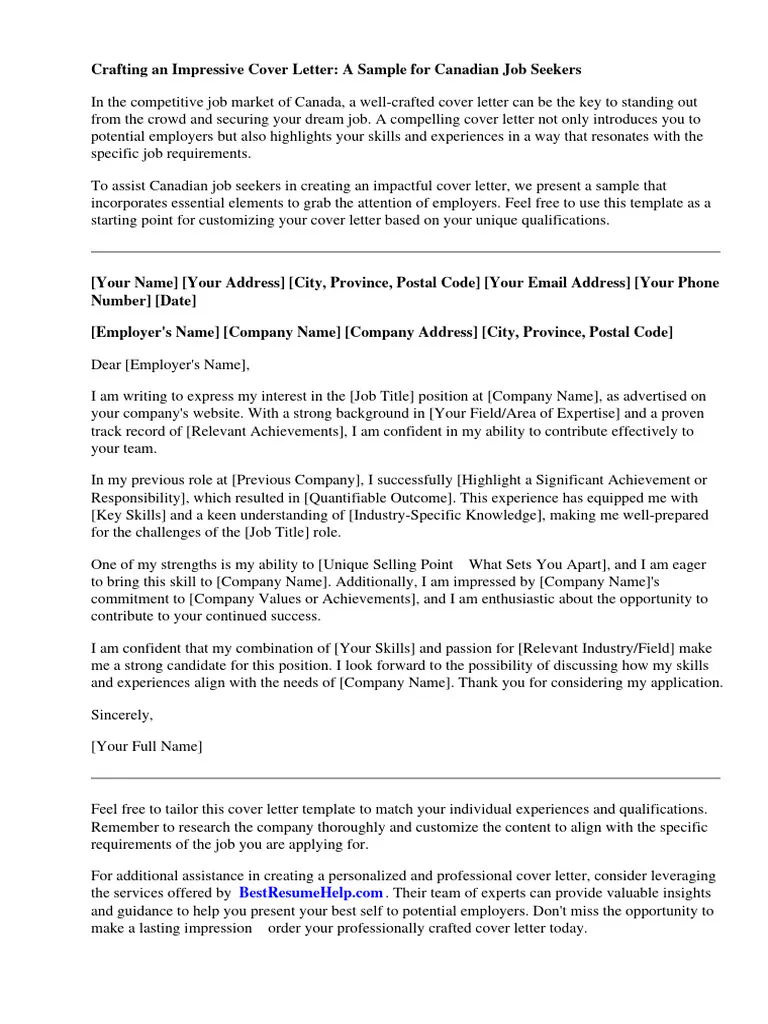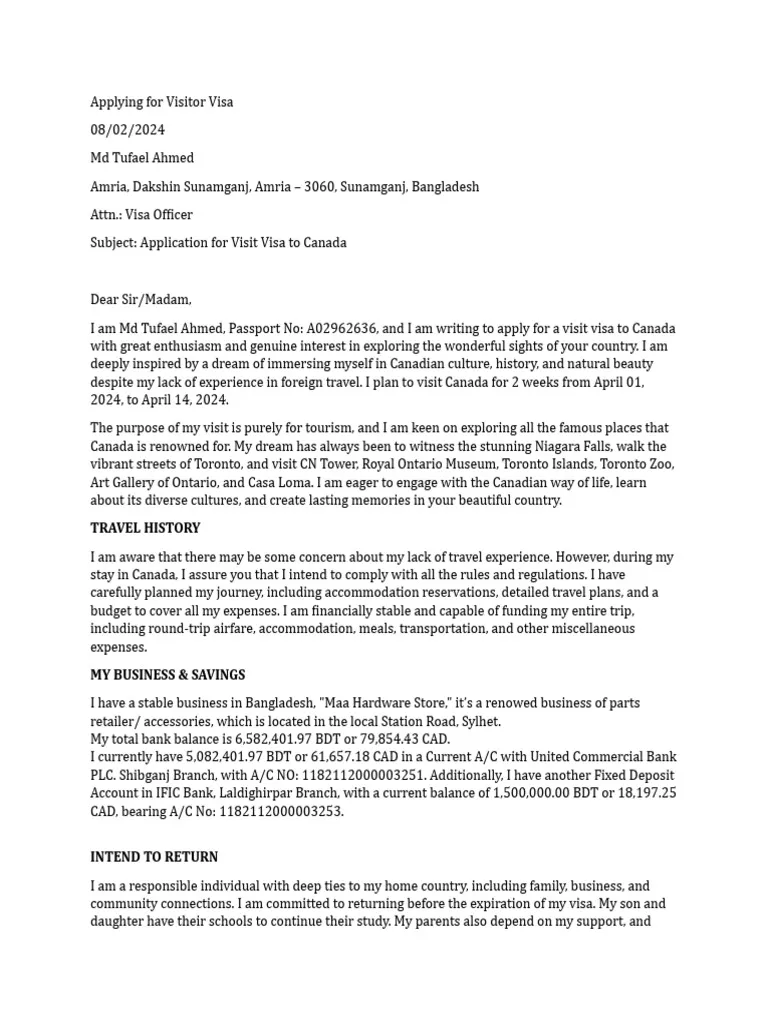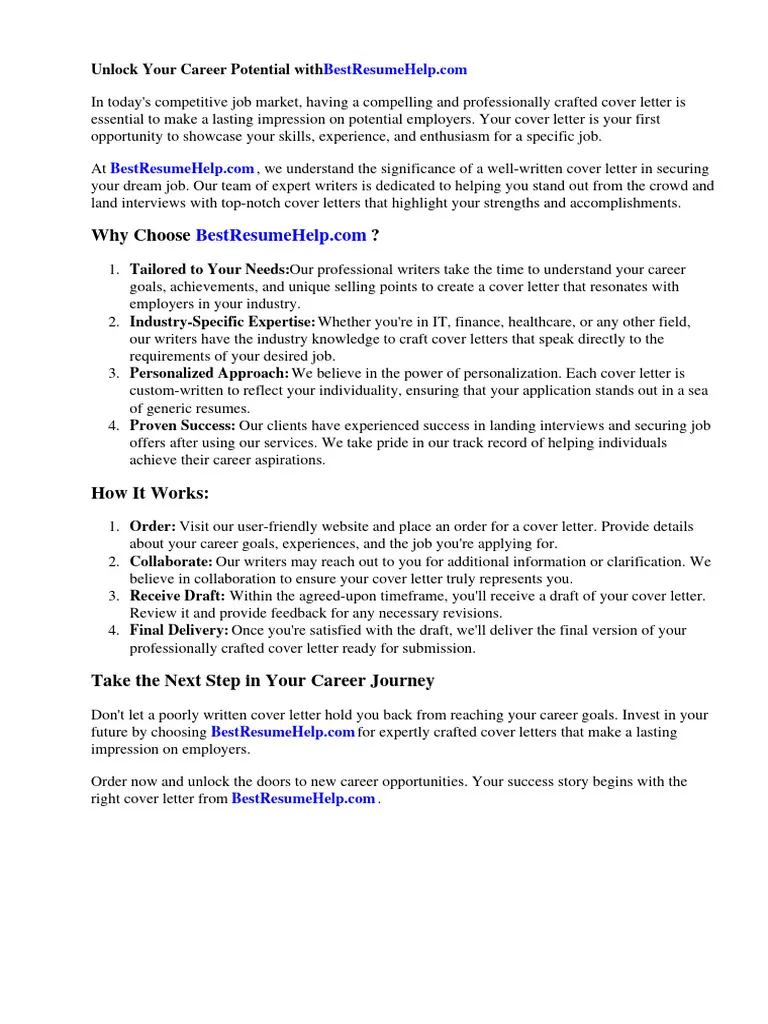What is a Canada Tourist Visa Cover Letter
A Canada Tourist Visa cover letter is a crucial document that accompanies your visa application. It serves as your personal introduction to the visa officer, providing context and supporting your application. Think of it as a persuasive narrative, where you explain the purpose of your visit, your travel plans, and your assurance of returning to your home country. A well-crafted cover letter can significantly strengthen your application, helping the visa officer understand your intentions and assess your eligibility for a tourist visa. It’s your chance to present your case directly and highlight the key aspects of your trip.
Why You Need a Cover Letter for Your Canada Tourist Visa
While not always mandatory, a cover letter is highly recommended for Canada Tourist Visa applications. It gives you an opportunity to personalize your application, going beyond the standard forms and documents. The cover letter allows you to address any potential concerns the visa officer might have, such as gaps in your travel history or unusual circumstances. Moreover, it demonstrates your genuine interest in visiting Canada and your commitment to adhering to the terms of your visa. A compelling cover letter can differentiate your application and improve your chances of approval, making it an essential component of a successful visa application strategy. It offers clarity and context, making the evaluation process smoother.
Essential Information to Include in Your Cover Letter

A comprehensive cover letter should cover several key areas to provide a complete picture of your travel plans and intentions. Each section contributes to building a strong case for your visa. Clear and concise communication is essential. The aim is to convince the visa officer that your intentions are genuine and that you will abide by the conditions of your visa. Detailed and organized information will facilitate the evaluation of your application.
Your Personal Details
Begin by introducing yourself clearly. Include your full name, date of birth, passport number, and contact information (address, phone number, and email). Ensure all details match your passport and visa application form. State your nationality and where you currently reside. Providing this basic information upfront helps the visa officer quickly identify and verify your identity. It sets the stage for the rest of your cover letter and ensures that your application is properly attributed.
Purpose of Your Visit
Clearly state the primary purpose of your visit to Canada. Are you traveling for tourism, visiting family, or attending a short-term event? Provide specific details. Be honest and transparent about your intentions. If you’re visiting family, specify their relationship to you and their Canadian residency status. If for tourism, explain your interest in Canada and the places you plan to visit. Make your intentions clear to demonstrate you’re a genuine traveler and not seeking to immigrate.
Travel Itinerary

Outline your detailed travel itinerary. Include the dates of your arrival and departure, the cities you plan to visit, and the activities you intend to engage in. Provide a day-by-day or a summarized plan. For example, list the attractions you want to see, the events you plan to attend, and the estimated time you will spend in each location. Attach your flight and accommodation bookings. A well-structured itinerary helps the visa officer understand your travel plans and assess your commitment to leaving Canada within the visa’s validity period.
Financial Resources
Provide evidence of your financial ability to support yourself during your stay in Canada. Include bank statements, pay stubs, or other financial documents. Specify the amount of money you have available for your trip. If someone is sponsoring your trip, include a letter of support from the sponsor, along with their financial documents. Demonstrate that you have sufficient funds to cover your expenses, including accommodation, food, transportation, and any activities. This ensures you can support yourself during your stay and will not rely on public funds.
Accommodation Details
Specify where you will be staying during your visit. Include the address of your hotel, the name of your host (if staying with family or friends), and confirmation of booking. If you are staying with a family member or friend, provide their full name, address, and relationship to you, along with a copy of their Canadian residency or citizenship documentation. Clear accommodation details confirm your travel plans and assist in the verification of your intentions. Attach proof of accommodation, such as hotel reservations or an invitation letter from your host.
Ties to Your Home Country

Demonstrate strong ties to your home country to assure the visa officer that you will return after your visit. This includes providing details about your job, property ownership, family responsibilities, and other commitments that tie you to your home country. Provide employment letters confirming your position and salary, property deeds, or any other documents that prove your roots in your home country. The stronger your ties, the more likely the visa officer is to believe that you will return after your trip.
Supporting Documents to Attach
List all supporting documents you are including with your application. This helps the visa officer keep track of the documents and ensures that nothing is missed. Include passport copies, visa application form, travel itinerary, flight bookings, hotel reservations, financial documents, employment letters, and any other relevant supporting documents. Clearly labeling the documents also adds to the organization of your application. This checklist format is easy to follow and helps you and the officer to confirm your application’s comprehensiveness.
How to Write a Compelling Cover Letter
Crafting a persuasive cover letter involves thoughtful planning and execution. To improve your application’s chances, it is essential to present a well-written and concise cover letter. This section outlines essential considerations for a strong cover letter.
Formatting and Tone

Maintain a professional and polite tone throughout your cover letter. Use clear, concise language and avoid jargon or overly complex sentences. Your writing should be easy to understand and free of grammatical errors. Address the visa officer respectfully. The ideal format includes a formal business letter style, with your contact details, the date, and the visa office’s address at the top. Keep your letter concise and to the point, providing all the necessary information without unnecessary details. Proofread your letter carefully to ensure that it is free from errors.
Proofreading and Editing
Proofread your cover letter meticulously before submitting it. Check for any spelling, grammar, or punctuation errors. Ensure all information is accurate and consistent with the rest of your application. Consider having a friend or family member review your letter to catch any mistakes you might have missed. A well-edited letter demonstrates attention to detail and professionalism, increasing your credibility with the visa officer. Ensure that all names, dates, and addresses are correct. Correct any mistakes to create a polished and professional application.
Common Mistakes to Avoid
Be mindful of common pitfalls to avoid during the application process. Common mistakes to avoid include providing inconsistent information, failing to include all the necessary documents, and submitting a poorly written or disorganized letter. Avoid exaggerating or providing false information, as this can lead to rejection. Don’t use generic templates, tailor your letter to your specific circumstances, and demonstrate your genuine interest in visiting Canada. Incorrect information and a lack of organization can undermine the strength of your application, potentially leading to denial. It is critical to review all the details and present them clearly.
Submitting Your Cover Letter

When submitting your cover letter, ensure it is properly attached to your application package. Follow the specific instructions provided by Immigration, Refugees and Citizenship Canada (IRCC) or the visa application center. Make sure to submit your cover letter as a separate document, clearly labeled, along with the other required documents. Keep a copy of your cover letter and the entire application package for your records. Submit the application well in advance of your planned travel date to allow sufficient time for processing. Following the proper submission guidelines increases the efficiency of the review process.
